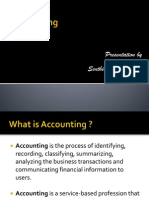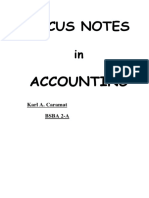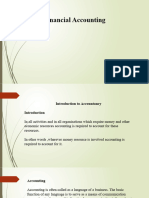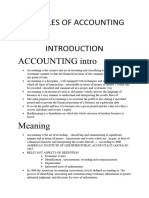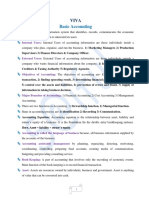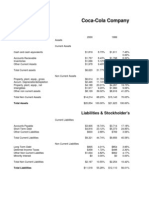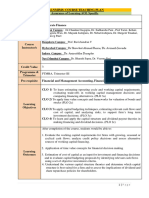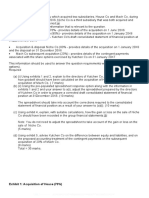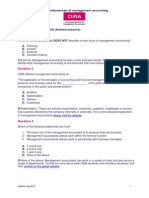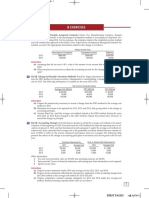0% found this document useful (0 votes)
29 views3 pages? Basic Accounting Notes
This document provides an overview of basic accounting concepts, including the definition, objectives, types, and key terms. It explains the accounting equation, the double-entry system, and common financial statements like the income statement and balance sheet. Additionally, it outlines the differences between accrual and cash basis accounting.
Uploaded by
sehekog197Copyright
© © All Rights Reserved
We take content rights seriously. If you suspect this is your content, claim it here.
Available Formats
Download as DOCX, PDF, TXT or read online on Scribd
0% found this document useful (0 votes)
29 views3 pages? Basic Accounting Notes
This document provides an overview of basic accounting concepts, including the definition, objectives, types, and key terms. It explains the accounting equation, the double-entry system, and common financial statements like the income statement and balance sheet. Additionally, it outlines the differences between accrual and cash basis accounting.
Uploaded by
sehekog197Copyright
© © All Rights Reserved
We take content rights seriously. If you suspect this is your content, claim it here.
Available Formats
Download as DOCX, PDF, TXT or read online on Scribd
/ 3













